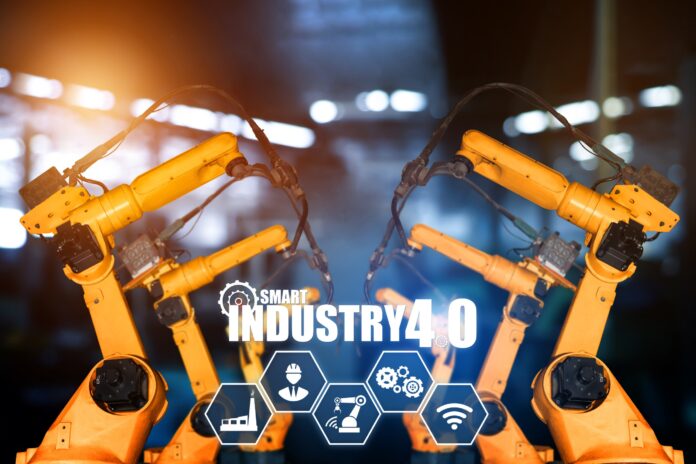At the center of the Industry 4.0 ecosystem, agreed Industrial 5G Forum panelists, are the use cases
The complexity of the Industry 4.0 ecosystem, coupled with the disparate needs of different verticals, means that a variety of technology players have entered the arena. However, while certainly telecom operators, hyperscalers and IoT providers are critical to making Industry 4.0 a reality, it might actually be the enterprises themselves that are most reshaping the Industry 4.0 ecosystem, as it is they who ultimately dictate the value that new technologies bring in the form of the use cases they can enable.
“It’s not an easy, do-it-yourself scenario,” Guillermo Quintana, strategy & business development director at Telefonica, said of establishing Industry 4.0 use cases at the recent Industrial 5G Forum (available here on demand). “You need to play a whole game of orchestration, which requires enough resourcing, enough competence, enough knowledge and enough level of engagement with the different stakeholders, very diverse and very spread out in the globe.” As a telecoms operator, Telefonica provides enterprises with connectivity services, such as private 4G or 5G networks to support mission-critical use cases.
Also on the panel was Microsoft’s Director of Solutions PLM Jaione Pagazaurtundúa-Alberte, who shared that the role of a hyperscaler in the Industry 4.0 ecosystem is to enable consistent “platform-type access” to network services — like those provided by Telefonica — whether deployed in a private enterprise network or at the edge of a telco network. “That’s the role that Microsoft… really want[s] to play… enabling [enterprises] with those services where they need them in an easy-to-consume way,” she said.
For KORE Wireless, there are four phases of deployment that dictate who exactly is involved with Industry 4.0 projects and where, according to the company’s Executive Vice President and Chief Revenue Officer Jason Dietrich. He laid out the designing phase at the device level, the connectivity piece (which is KORE Wireless’ focus), the application build and the behind-the-scenes infrastructure (where the hyperscalers reside) and finally, the management of these services and these devices once deployed. “From KORE’s perspective, we help across all four of those areas,” he stated, adding, however, that the company’s partnerships with others, such as Microsoft and Telefonica, are key to helping them deliver business outcomes for their customers.
Sam Houston, an ex-mining executive and the only enterprise perspective on the panel, agreed that several different parties are needed. “For mining in particular… there’s an opportunity for equipment manufacturers… to step up and to help to inform mining owners that there’s an opportunity around connectivity for their own equipment, automation monitoring, all of the data capture and analysis,” he said, adding that AI, too, will begin to play a larger role in mining, and so, collaboration with telecommunications providers and IoT solution providers, in particular, will also be needed. “And also, we need to include in the conversation bodies like government and research institutions, the associations and industry groups,” he continued. “I believe that there needs to be a collaborative effort to be able to provide more robust and industry specific applications to help us drive that need for efficiency, safety and sustainability within the mining industry and operations.”
Outside of mining, Quintana pointed to other burgeoning use cases for Industry 4.0 and the technologies that support it like 5G and edge computing. For instance, he said, Telefonica is finding that in port operations, use cases like connected trucks and cranes, as well as automation applications related specifically to safety and security, are in high demand. “It’s very important in this kind of operation because the size and dimensions are huge and the hazards are also large,” he explained. While in logistics, he continued, the top use cases are things like smart picking and drone-based inventory.
“All of them have a voice in this evolution,” stated Quintana, referring to the global enterprises the Telefonica is currently working with. “The customers themselves, the multinational companies we are talking to… they’re gaining and acquiring a wide body of knowledge and competence related to connectivity, to use cases and the integration of all of these.”

